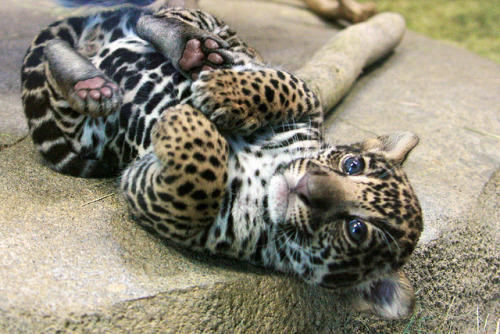therealchiq
8 posts
Latest Posts by therealchiq
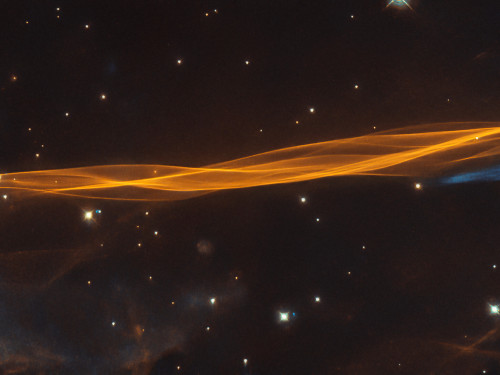
Do you believe in magic? ✨ While appearing as a delicate and light veil draped across the sky, this @NASAHubble image reminds us of the power of imagination. What does this look like to you? In reality, it’s a small section of a Cygnus supernova blast wave, located around 2,400 light-years away. The original supernova explosion blasted apart a dying star about 20 times more massive than our Sun between 10,000 and 20,000 years ago. Since then, the remnant has expanded 60 light-years from its center. Credit: @ESA/Hubble & NASA, W. Blair; acknowledgment: Leo Shatz
Some shots I’ve been gathering over the past few nights from the Port Waikato coast, New Zealand.
Sound 🔊 on Music 🎶 Blade Runner
An underrated period of architecture.










Jack Tar hotels and motels, 1960s.
Flying Observatory Has Big Plans for New Zealand

Our flying observatory, called SOFIA, carries a 100-inch telescope inside a Boeing 747SP aircraft. Scientists onboard study the life cycle of stars, planets (including the atmospheres of Pluto and Jupiter), nearby planetary systems, galaxies, black holes and complex molecules in space.

Flying South
Usually based in California, SOFIA and its team are returning to the Southern Hemisphere to study objects that aren’t visible from the Northern Hemisphere and to take advantage of the long winter nights. The team operates from Christchurch, New Zealand, regularly between June and August and continues with more big plans for this year.

Working with New Horizons
Our SOFIA and New Horizons teams are working together again, to learn more about the next object that the New Horizons spacecraft will fly past, Kuiper Belt Object 2014 MU69, or MU69. This will be the farthest object ever encountered by any spacecraft, but little is known about it. Our team on SOFIA will be searching for possible debris around MU69 that could damage the spacecraft and will measure its size, helping the New Horizons team plan their next flyby.

How We Study Distant Celestial Objects from Earth
Our SOFIA team will study MU69 on July 10, 2017, well before New Horizons arrives in January 2019. We can study this distant object from Earth by flying in the faint shadow that it will cast on Earth’s surface as it passes in front of a star. SOFIA will fly directly into the center of this shadow as it moves across the Pacific Ocean. From inside the shadow, the team onboard will study how the light from the star changes as MU69 passes in front it, allowing them to measure its size and to establish if there are any rings or debris around it. The observations will work in the same way that we studied Pluto using SOFIA two weeks before New Horizon’s Pluto Flyby in 2015.

Observing Other Galaxies
The Magellanic Clouds are neighboring galaxies to our own Milky Way Galaxy. We’re studying how stars are forming in the Large and Small Magellanic clouds to compare those processes to star formation in our own galaxy. The Magellanic Clouds are best observed from the southern hemisphere.

And Supernova 1987A
Inside the Large Magellanic Cloud is Supernova 1987A, the closest supernova explosion witnessed in almost 400 years. Our team onboard SOFIA will continue studying this supernova to better understand the material expanding out from it, which may become the building blocks of future stars and planets. Many of our telescopes have studied Supernova 1987A, including the Hubble Space Telescope, the Chandra X-ray Observatory and SOFIA’s predecessor, the Kuiper Airborne Observatory, but the instruments on SOFIA are the only tools we can use to study the debris around it at infrared wavelengths, to better understand characteristics of the dust that cannot be measured using other wavelengths of light.
Make sure to follow us on Tumblr for your regular dose of space: http://nasa.tumblr.com
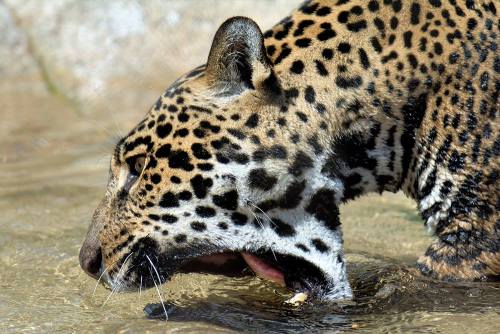
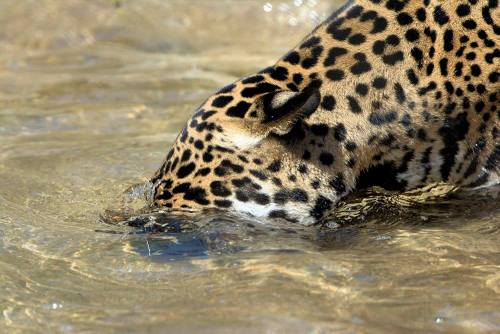
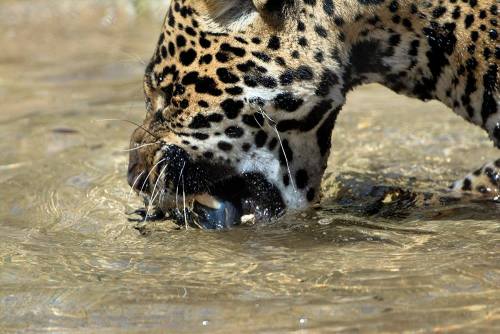
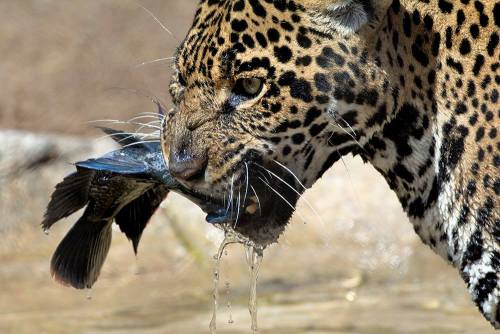
How to catch a fish in 4 easy steps by Nindiri the jaguar (pics by Nancie Cunningham Casey)
I thought it had ice-dags for a moment...

Can Polar Bears BE more adorable? :D source: http://imgur.com/r/aww/LM4IW0r
Learn something new every day







@anushree_fadnavis Rides with the Ladies on Mumbai’s City Trains
To see more of Anushree’s images of daily life in Mumbai, follow @anushree_fadnavis on Instagram.
Amid the megacity bustle of Mumbai’s commuter trains, Indian photojournalist Anushree Fadnavis (@anushree_fadnavis) finds an oasis of sisterhood. Known as “ladies compartments,” the gender-segregated train cars provide a refuge from the crush of rush-hour crowds and create a second home, on wheels, for the women of the city.
Passing the time together on the train, “women knit sweaters from start to finish. They peel and chop vegetables so that by the time they get home they are ready to cook,” says Anushree. “Some women change in the ladies compartment. Most, including myself, do their makeup while the train is running. And if you want to shop, then there are people who do business in the compartment, too, right from selling vegetables to accessories to clothes.” Anushree captures all this and more in her “Train Diaries” photo series, a subset of her many images documenting life in Mumbai.
“In this day-to-day travel, many relationships are forged,” says Anushree, adding that even the Hijras — transgender and transsexual women, who often move among the trains asking for money — are usually welcome. “I have laughed, cried, thrown a fist in anger at the crowd, yelled, danced (yes, women dance too in those small places), sang and lived almost all the emotions for a lifetime in here.”
